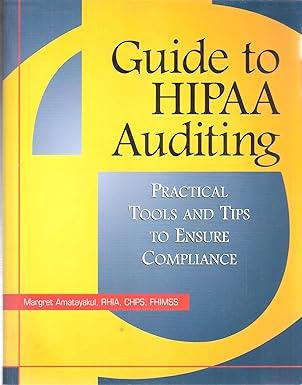Question
Speakerhouse is a Delaware corporation that manufactures small CD systems. Its current model, the S24, is sold directly to retailers in the United States for
Speakerhouse is a Delaware corporation that manufactures small CD systems. Its current model, the S24, is sold directly to retailers in the United States for $150 per system and carries a suggested retail price of $250. It is, however, commonly discounted to sell at about $200. The total costs (direct and indirect) to Speakerhouse for its manufacture and sale are $120.
Swistereo, incorporated in Switzerland, is a wholly owned subsidiary of Speakerhouse. It handles the distribution of the S24 to wholesalers throughout Europe. The wholesalers are unrelated individuals or corporations. Swistereo also handles the distribution of the RT3000 in Europe. The RT3000 is a small CD system manufactured by Sany, a Japanese corporation completely unrelated to Speakerhouse or Swistereo. The RT3000, which employs more advanced technology, is sold at retail throughout Europe at about $450 (all prices are stated in U.S. dollars for convenience). Swistereo sells them to wholesalers for $300 and pays Sany $225 for each for them. Swistereo does no advertising or repackaging for the RT3000 or, indeed, anything other than performing the basic function of selling to wholesalers throughout Europe.
Swistereo performs the same functions for its parent Speakerhouse with regard to the S24 but in addition repackages the CD systems and does some advertising throughout Europe. These two extras services average out to a cost (to Swistereo) of about $10 per system. Swistereo sells the systems to wholesalers for $200 and they retail throughout Europe at between $250 and $300.
Speakerhouse has discovered through sources that it prefers not to disclose that the cost to Sany of producing a small CD system is only $80.
Speakerhouse has also learned that its major American competitor, Sounsgood, plans to market aggressively its small CD system, the S-G-2-4, in Europe where it has never before. The S-G-2-4 has almost identical specifications as the S24. Soundsgood has contracted with RadioGeneva, an unrelated Swiss company, to handle the distribution of the S-G-2-4. But for the fact that Soundsgood and RadioGeneva are unrelated, their business operations, resources employed and risks assumed are remarkably similar to those of Speakerhouse and Swistereo. Speakerhouse does not know the costs of production to Soundsgood, but it has learned that the profit on the sales of S-G-2-4 is to be equally divided between Soundsgood and RadioGeneva. Speakershouse executives believe that the arrangement was intended to increase marketing efforts in Europe so that Soundsgood can gain a substantial market share rather quickly.
For various reasons, Speakerhouse would like to make the price on the S24 to Swistereo as low as possible while avoiding an IRS adjustment. You are asked for advice. Based on the above statement of facts, give your views on how the price should be set and what it should be. Consider which of the five specifically authorized methods might be applied on the basis of the available data. What facts, if any, would have to be gathered in order to apply any of the methods? How could the taxpayer obtain such information?
Edit: Was asked to add more information. This is the entire question, what else do you possibly want?
Step by Step Solution
There are 3 Steps involved in it
Step: 1

Get Instant Access to Expert-Tailored Solutions
See step-by-step solutions with expert insights and AI powered tools for academic success
Step: 2

Step: 3

Ace Your Homework with AI
Get the answers you need in no time with our AI-driven, step-by-step assistance
Get Started


